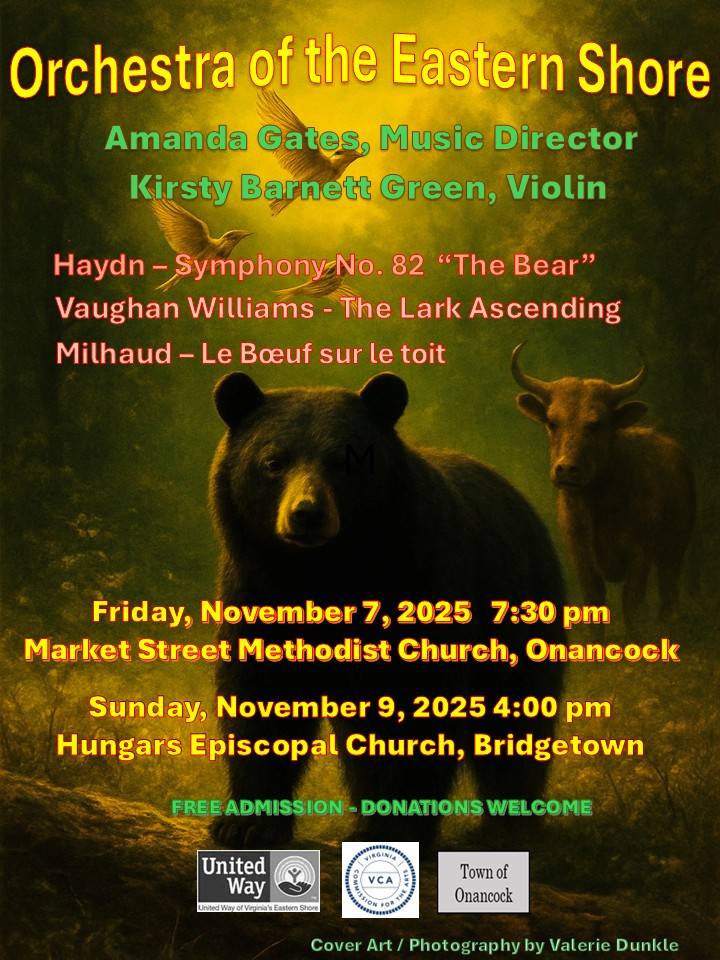Almost 40 years after the fact, this book arrives like a diagnosis you didn’t know you needed. Joan Didion’s Slouching Towards Bethlehem, published in 1968 when the author was barely past thirty, reads less like journalism than cultural autopsy. Here was a writer willing to slide her scalpel beneath the skin of the American dream and show us what was rotting underneath.
Consider the arithmetic of the moment. The year: 1967. The place: San Francisco’s Haight-Ashbury, ground zero for a generation’s fevered attempt to reinvent itself. Most writers would have arrived with notebooks full of romantic preconceptions about flower power and peace. Didion came with something more dangerous: clarity. What she found were five-year-olds wandering the streets on LSD, teenage runaways bartering their bodies for floor space, and revolutionaries who had forgotten what they were revolting against.
“The center was not holding.” The line appears early in the title essay and echoes through the entire collection like a bell tolling for a civilization. But Didion’s genius was never in grand pronouncements. It was in the microscopic: the way she could make a visit to a Las Vegas wedding chapel reveal the profound loneliness at the heart of American optimism, or transform her own neurological migraines into dispatches from the edge of consciousness.
The book’s most devastating moments arrive in whispers, not shouts. There is the Sacramento housewife who murdered her husband, described with the chilling precision of someone who recognizes darkness in familiar places. There is the meditation on keeping a notebook, not as mere record-keeping but as an act of desperate self-preservation: “remembering what it was to be me.” And there is “Goodbye to All That,” her farewell letter to New York, which captures the particular anguish of recognizing you have stayed too long at your own party.

What made Didion dangerous was her refusal to offer comfort. Her sentences arrived stripped of sentiment, each word weighed and measured. When she observed that “we tell ourselves stories in order to live,” it carried both the weight of necessity and warning. The stories we construct about America, about our own lives, might be all that stands between us and the abyss.
This was not the California of Beach Boys songs or Hollywood dreams. This was California as fever dream, a place where the future had arrived early and was already falling apart. Didion positioned herself as both insider and exile, native daughter and anthropologist, recording the dissolution with the detached precision of a scientist documenting the breakdown of a chemical compound.
Nearly sixty years later, the book reads like prophecy. The center, as it turned out, really wasn’t holding. But Didion had already seen it coming, had already mapped the fault lines running beneath the surface of American certainty. She gave us the coordinates of our own unraveling, written in prose so clean and cold it still cuts.




This is a direct result from the 60’s,70’s generation taking LSD, heroin, coke, speed, daily then pro creating .Timathy Leary…
Can you not figure out that every place that got big was once a small town?
What planet are you from?
Can you not figure out that Virginia Beach and Ocean City were once 'small town USA too? How long before…
I was on the planning commission when ADUs were approved. There was disagreement among commissioners on approval. One thing that…